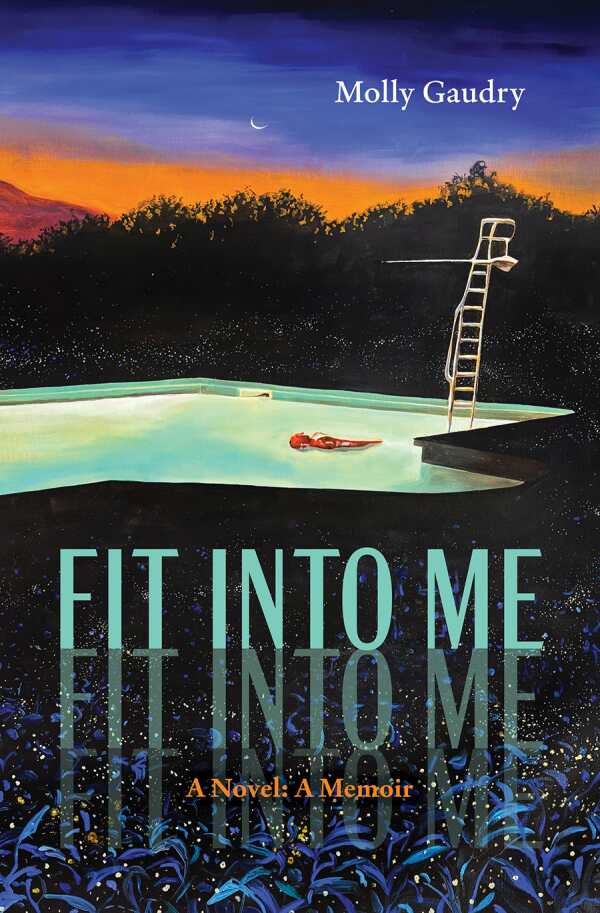Fit Into Me
A Novel: A Memoir
Molly Gaudry’s Fit Into Me is a hybrid book that challenges notions of the self, authenticity, reliability, appropriation, and truth.
This multigenre work—both a novel-within-a-memoir and a memoir-within-a-novel—follows the teahouse woman as she navigates her rocky romantic life, cares for her dying father, and wrestles with her sense of obligation to her family business and the vibrant community it sustains. Nested within her story is Gaudry’s memoir, which confronts life with a traumatic brain injury and plumbs the depths of memory, family, and childhood trauma.
The memoir’s vivid descriptions of brain injury experiences are stirring, as is the section in which Gaudry explores her identity as a transnational adoptee via a speculative essay in which she imagines her half-brother returning from Korea to inform her of her father’s death. By blurring the lines between fiction and memoir, even within the sections most recognizable as nonfiction, the book further stretches genre conventions and makes a compelling case for hybridity and multiplicity. As the book progresses, the two narratives interact and blur, fracturing any static sense of narrative in favor of a more nuanced understanding of authorship and storytelling.
Reflections on selfhood, autonomy, and language appear not only in the book’s content, but in its innovative form, style, and meta-attention to its own construction. Interspersed throughout the memoir are descriptions of Gaudry’s writing process, which involves generating lists of words from other texts and using them as touchstones to craft her fiction. The book also explores the possibilities of found language by integrating longer quotes from authors writing from diverse times and contexts, including Sappho and Roald Dahl.
By removing the veil that makes invisible the author’s tumultuous relationship to reading and writing, Fit Into Me creates an intimate space to explore questions of self-making and unmaking.
Reviewed by
Bella Moses
Disclosure: This article is not an endorsement, but a review. The publisher of this book provided free copies of the book to have their book reviewed by a professional reviewer. No fee was paid by the publisher for this review. Foreword Reviews only recommends books that we love. Foreword Magazine, Inc. is disclosing this in accordance with the Federal Trade Commission’s 16 CFR, Part 255.

